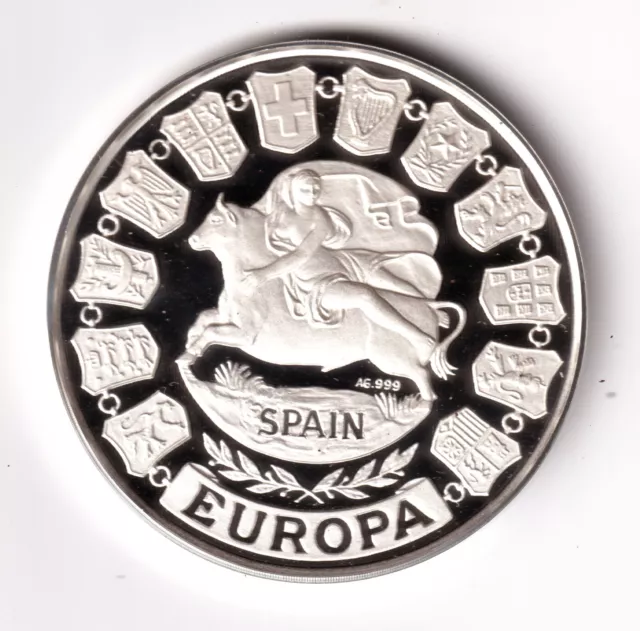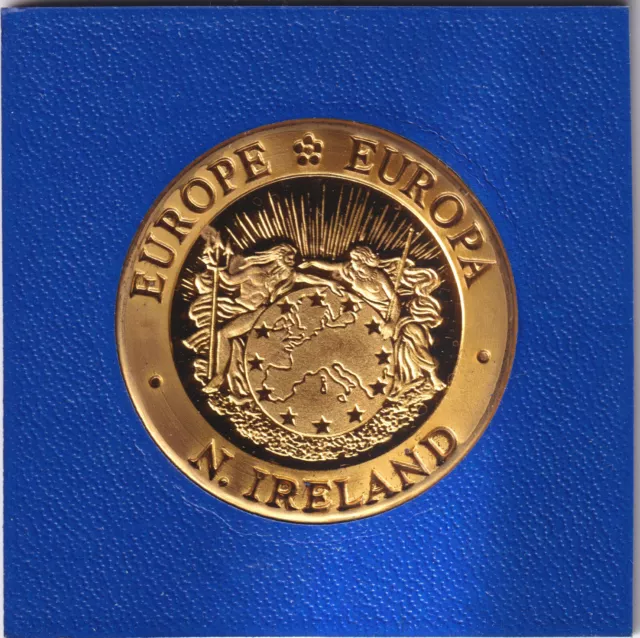Wolodymyr Selenskyj Silbermünze Ukraine Invasion Krieg Wohltätigkeitsauktion Sieg USA
EUR 7,02 0 Gebote oder Preisvorschlag 5d 11h 57m 29s, EUR 6,96 Versand, 30-Tag Rücknahmen, eBay-Käuferschutz
Verkäufer: lasvegasormonaco ✉️ (3.330) 99.7%,
Artikelstandort: Manchester, Take a look at my other items, GB,
Versand nach: WORLDWIDE,
Artikelnummer: 266766349525
Wolodymyr Selenskyj Silbermünze Ukraine Invasion Krieg Wohltätigkeitsauktion Sieg USA.
| Volodymyr Zelenskyy Ukraine Coin It has never been removed from its airtight case This is a Silver Plated Commerated Coin One Side of the Coin has an image of President Volodymyr Zelenskyy in silver with the Ukraine Blue and Yellow Flag in the background With the words "President of the Ukriaine" "Volodymyr Oleksandrovych Zelenskyy" "Justice Freedom" & "In God we Trust" The back has the Ukriaine Coat of Arms and the words "Strong Lover and Peace" and "Ukriane" In Excellent Condition Sorry about the poor quality photos. They dont do the coin justice which looks a lot better in real life The coin is 40mm in diameter, weighs about 1 oz. It has never been removed from its air-tight acrylic coin holder Comes from a pet and smoke free home Would make an Excellent Present for the one you Love or Collectable Keepsake souvenir of a Great Leader Everytime they look at it they would think of you Like all my auctions...Bidding Starts at a Penny with no reserve....Grab a Bargain! Click Here to Check out my Unusual Coins Bid with Confidence - Check My 100% Positive Feedback from over 800 Satisfied Customers I have over 10 years of Ebay Selling Experience - So Why Not Treat Yourself? I have got married recently and need to raise funds to meet the costs also we are planning to move into a house together I always combined postage on multiple items Instant Feedback Automatically Left Immediately after Receiving Payment All Items Sent out within 24 hours of Receiving Payment. Overseas Bidders Please Note Surface Mail Delivery Times > Western Europe takes up to 2 weeks, Eastern Europe up to 5 weeks, North America up to 6 weeks, South America, Africa and Asia up to 8 weeks and Australasia up to 12 weeks Thanks for Looking and Best of Luck with the Bidding!! Also if bidding from overseas and you want your item tracked please select the International Signed for Postage Option For that Interesting Conversational Piece, A Birthday Present, Christmas Gift, A Comical Item to Cheer Someone Up or That Unique Perfect Gift for the Person Who has Everything....You Know Where to Look for a Bargain!XXXX - DO NOT CLICK HERE - XXXX Click Here to Add me to Your List of Favourite Sellers If You Have any Questions Please Message me through ebay and I Will Reply ASAP
|
- Condition: In Excellent Condition
- Year of Issue: 2022
- Collections/ Bulk Lots: No
- Fineness: Unknown
- Country: Ukraine
- Country/Region of Manufacture: Ukraine
- Modified Item: No
- Colour: Silver
PicClick Insights - Wolodymyr Selenskyj Silbermünze Ukraine Invasion Krieg Wohltätigkeitsauktion Sieg USA PicClick Exklusiv
- Popularität - 0 Beobachter, 0.0 neue Beobachter pro Tag, 2 days for sale on eBay. 0 verkauft, 1 verfügbar.
- Bestpreis -
- Verkäufer - 3.330+ artikel verkauft. 0.3% negativ bewertungen. Großer Verkäufer mit sehr gutem positivem Rückgespräch und über 50 Bewertungen.
Die Leute Mochten Auch PicClick Exklusiv

EUROPA 10 ecu 1994 proof SERIE REGIONAL - ISLAS CANARIAS - Drago Milenario
EUR 2,10 3 Gebote 5d 8h
UNION EUROPEA ecu (1992)- 1 onza plata SPAIN - MAASTRICHT proof
EUR 37,00 14 Gebote 5d 8h
GRECIA 20 ECU plata 1993 proof ALEJANDRO EL GRANDE y antigua galera
EUR 16,60 7 Gebote 5d 8h
NORUEGA 10 ecu 1994 proof JUEGOS OLIMPICOS DE INVIERNO LILLEHAMMER
EUR 1,00 0 Gebote 5d 9h
EUROPA 25 ecu 1992 proof IRLANDA DEL NORTE - EUROPE N. IRELAND
EUR 2,50 2 Gebote 5d 9h


